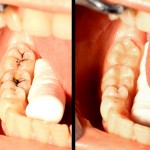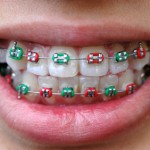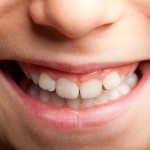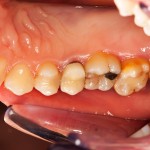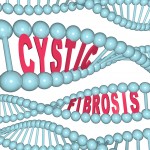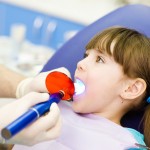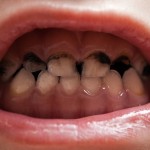
Identifying children at greatest risk of caries in order to optimize preventive activity has been a goal of the dental profession for many a long year and a number of reviews of potential risk factors have been conducted ( see Dental Elf 10th Dec 2012). This study aimed to assess a number of caries risk [read the full story…]
